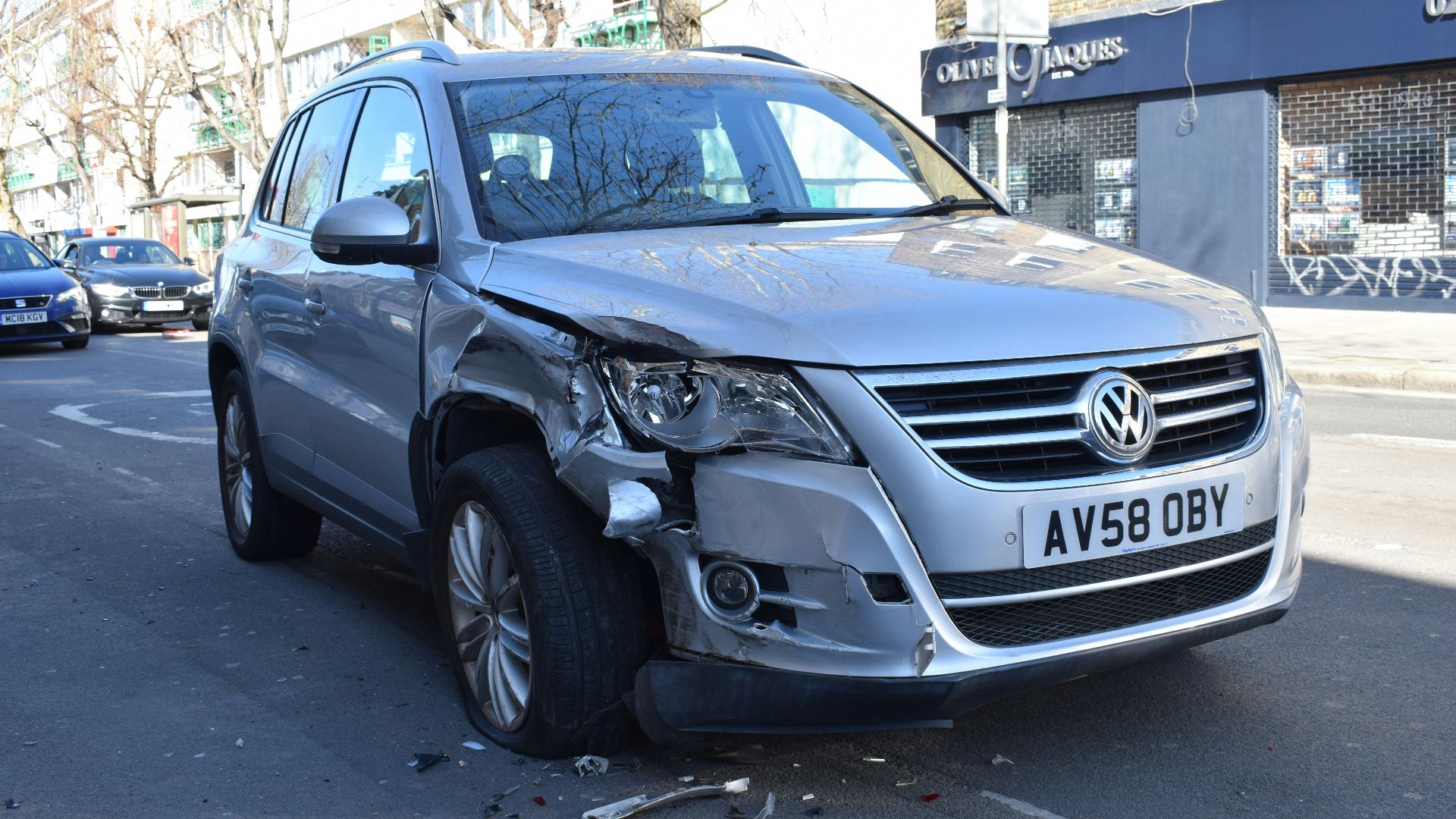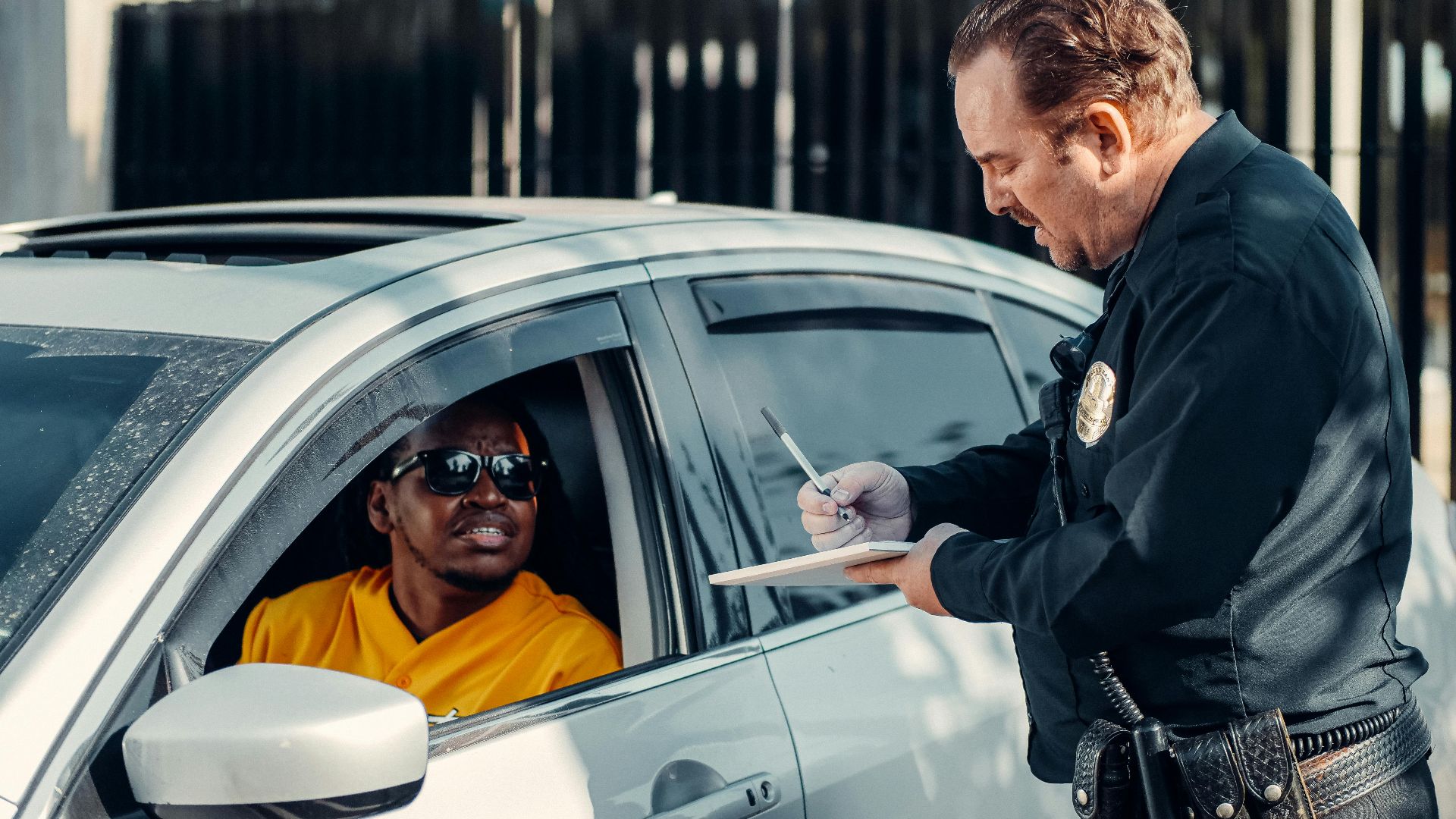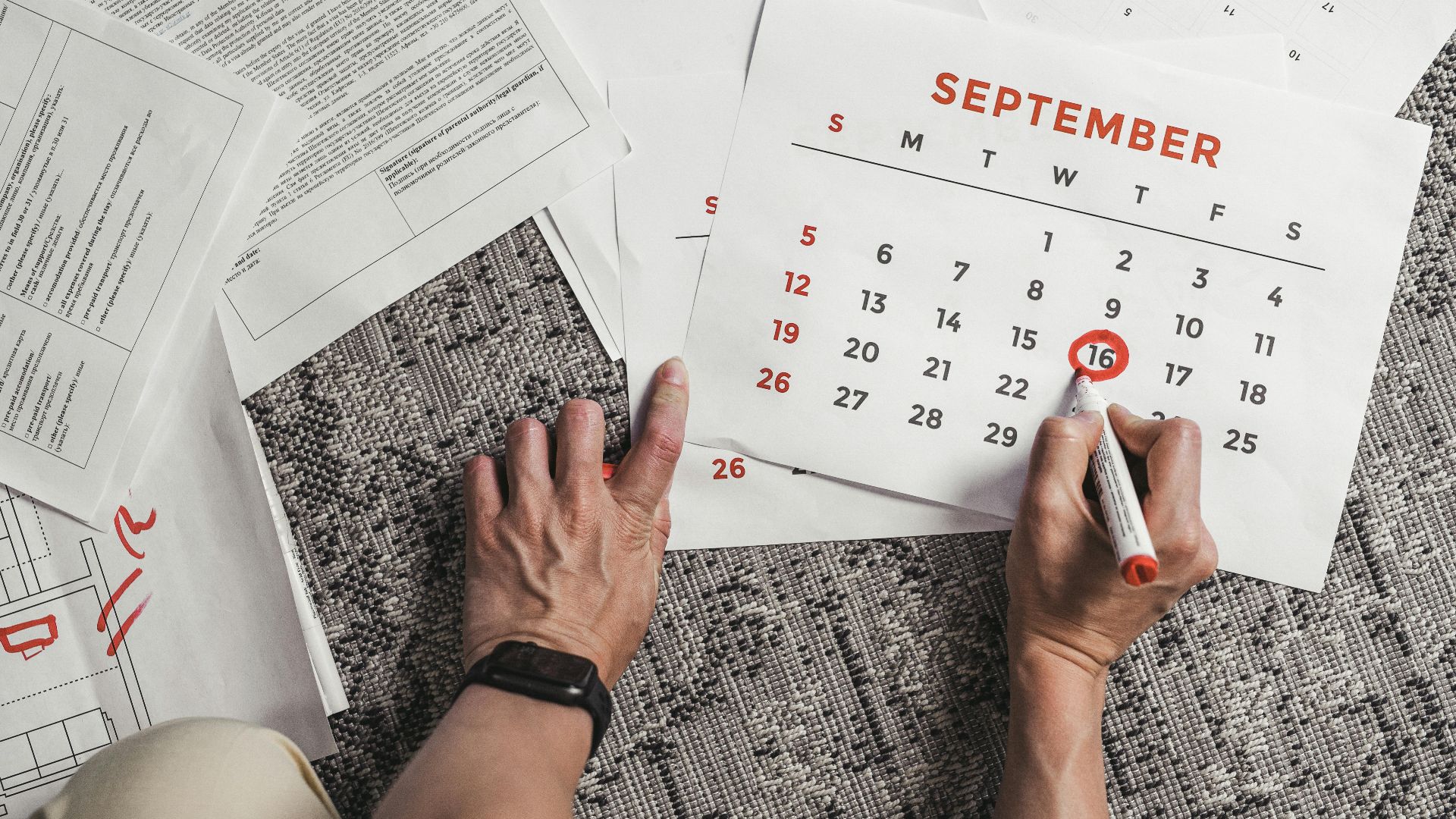Crash Course In Compensation
Car accidents are stressful enough. So, don’t let a paperwork error or careless move cost you compensation. Many people fumble through the process, leaving money on the table or inviting legal setbacks. So today, we’re here to help you get what you deserve. This list starts by breaking down 10 common missteps that can derail your claim—and then shows you how to handle things the right way.
1. Skipping The Police Report
Some drivers assume they can settle things privately after a crash. However, skipping a police report can ruin your case before it even starts. If no report exists, your version of events becomes just one person’s word, making it far easier for the other driver to dispute your claim.
2. Admitting Blame Too Soon
Blurting out an apology or accepting fault on the spot can haunt you later. Even if you're just being polite, insurance companies may treat it as a confession. They might use it to minimize payouts or pin full liability on you, even in a shared-fault scenario.
3. Waiting Too Long For Medical Care
Medical delays signal red flags to insurance companies. The longer you wait to take action, the more it looks like the crash wasn’t serious. Quick steps show urgency and transparency. They also prevent insurers from questioning the legitimacy of your claim.
4. Skipping Photos At The Scene
By the time cleanup crews or tow trucks arrive, essential visual evidence may be gone. If you fail to photograph the scene, it weakens your case, especially if the fault is contested. Insurers prefer tangible proof over recollections, and without photos, they may downplay damages.
5. Rushing To Accept The First Offer
Initial settlement offers are usually low for a reason. They favor the insurer, not you. Some don’t account for future treatment, time, lost wages, or hidden damage. Signing too fast? It locks you out of further claims, even if new issues come up months down the line.
6. Sharing The Incident Online
Posts about your accident—especially selfies or updates—can work against you. Car insurers scour social media for proof that you’re exaggerating injuries or contradicting your official statement. A single photo of you lifting groceries could be twisted to undermine your entire case.
7. Failing To Notify Your Insurer Quickly
Time matters after a crash. Most policies require notification within 24 to 72 hours. Miss that window, and your own insurance company might deny coverage. Early notice also helps prevent false claims by the other party or disputes over how the crash occurred.
8. Forgetting To Collect Driver Details
Getting names, insurance, license plate numbers, and contact info isn’t optional—it’s essential. This information fuels your claim and helps your underwriters or lawyer make contact with the others involved. Without it, you're stuck chasing ghosts.
9. Overlooking Legal Time Limits
Every state sets a deadline called a statute of limitations for filing accident claims. In Texas, it’s two years. In Minnesota, it’s six. Wait too long, and you lose the right to sue, no matter how valid your case. Deadlines aren’t negotiable, and ignorance isn’t a defense.
10. Handling It All Alone
Claim adjusters aren’t neutral—they work to protect company profits. And handling your claim solo can lead to lowball offers or flat-out denials. So, get legal support to level the field. It often leads to better results, especially in complicated or contested cases.
 Antoni Shkraba Studio on Pexels
Antoni Shkraba Studio on Pexels
Mistakes can trip you up fast, but doing things right can make all the difference. Here are 10 smart moves that can help you build a solid case and keep the process smooth.
1. Call 911 Immediately
Emergency services secure the scene and ensure everyone’s safety, especially in high-traffic areas. Officers also record critical details like weather or traffic violations that you might miss. This kind of third-party documentation can fill in gaps that your smartphone or memory can’t cover.
2. Exchange Information Thoroughly
Get the other driver’s full name, insurance provider, policy number, license plate, and phone number. Double-check the details before anyone leaves. Typos or wrong digits can stall your case or cause you to chase the wrong person.
3. Visit A Doctor Within 24 Hours
Injuries aren’t always obvious right away. Internal trauma or whiplash symptoms often appear hours later. So, make sure you visit a doctor on the day of the accident to document your injuries and prove they were caused by the crash, not something that happened days later.
4. Steps To Document The Scene Properly
Capture wide shots of the vehicles, license plates, surrounding road conditions, traffic lights, and any debris. If possible, get photos and videos from multiple angles—correct documentation helps reconstruct the incident and makes your claim harder to challenge.
5. When And How To Talk To Your Insurer
Don’t wait for the next day to call your insurer. Most policies require immediate or timely notice, usually within 24 to 72 hours. During the call, stick to the facts, and don’t agree to any recorded statements until you’ve spoken with an attorney.
6. Consult A Personal Injury Attorney
According to a Martindale-Nolo study, injury victims with attorneys earned average settlements of $77,600, while those without averaged $17,600. It’s a massive difference that often offsets any legal fees. So, always get yourself a lawyer.
 Photo By: Kaboompics.com on Pexels
Photo By: Kaboompics.com on Pexels
7. Track All The Expenses
Every receipt matters. So, save bills for medical treatment, therapy, vehicle repairs, rental cars, and even mileage to appointments. This paper trail ensures nothing is left out during settlement negotiations—and helps calculate damages that may not be obvious at first glance.
8. Research Your State’s Laws
State laws shape your options. No-fault states like Florida limit lawsuits unless injuries are severe, while others let you sue the at-fault driver directly. Look up your state’s statute of limitations and insurance rules on official websites—or ask your attorney to break it down.
9. Request A Copy Of The Insurance Adjuster’s Report
The adjuster’s report influences what you’re offered. Ask for a copy and review it closely—errors in damage assessment or injury summaries can shrink your settlement. So, go over it with your attorney to challenge anything inaccurate before it becomes the basis for final payout decisions.
 Photo By: Kaboompics.com on Pexels
Photo By: Kaboompics.com on Pexels
10. Keep A Detailed Accident Journal
Memory fades, but journals don’t. Writing down pain levels, doctor visits, insurance conversations, and emotional effects creates a record that supports your claim. If a dispute arises, a day-by-day account adds credibility and gives your lawyer something solid to work with during negotiations.

























